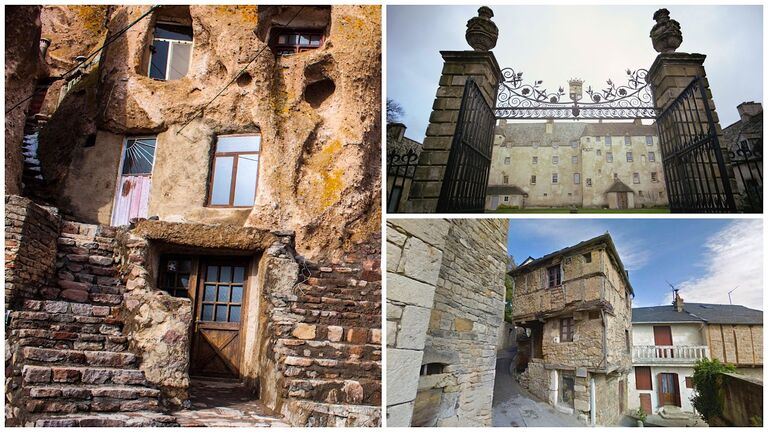These Are The Oldest Houses In The World, And They’re Absolutely Mesmerizing
Believe it or not, human beings have occupied some properties for hundreds – and on occasion thousands – of years. No, not just cities or regions. We’re talking about inhabiting the same four walls for centuries! Yes, modern Brits are currently living in homes built during the reign of Henry VIII. Caves in Italy first settled back in the Stone Age now host luxury hotel rooms. And a dazzling 12th-century city in New Mexico is still occupied by the Acoma people who first built it. So, keep scrolling to see some of our planet’s most breathtaking properties from the days of old.
The oldest of these three “sibling” properties is the one on the right – number 17 Maza Pils Street. And though it stands in the Latvian capital of Riga, you can thank the Dutch for its existence. It was built back in the late 15th century, you see, when trade with the Netherlands was thriving. The house’s architecture shows a clear influence from the Dutch Renaissance period, too. And if you’re wondering why its top windows are so small, well that was apparently to avoid some of the window tax levied when it was built.
The piggy in the middle – number 19 – can be easily dated since its year of construction is inscribed on the façade: 1646. And if you ever find yourself in Riga, you can explore the Latvian Museum of Architecture inside its doors. But what of the baby brother? Well, the little one in both size and age, number 21 was constructed sometime in the second half of the 17th century.
Acoma Pueblo in New Mexico is thought to be the oldest continually occupied site anywhere in North America. Archeologists believe that people have lived in this place – which is also known as Sky City, for obvious reasons – since at least the 12th century. Today, there’s still a permanent community of around 50 Acoma people who live in the settlement year-round.
If you visit Acoma, the town you’ll see perched on a sandstone mesa dates back to the Spanish colonial time in the mid-17th century. The settlement’s dramatic location on top of 350-foot tall cliffs meant it was a place of safety for its occupants. Sounds like a hair-raising spot to call home, right? That’s nothing! At one time, the only access was via steps cut into the sheer sandstone escarpments. No, thanks.

